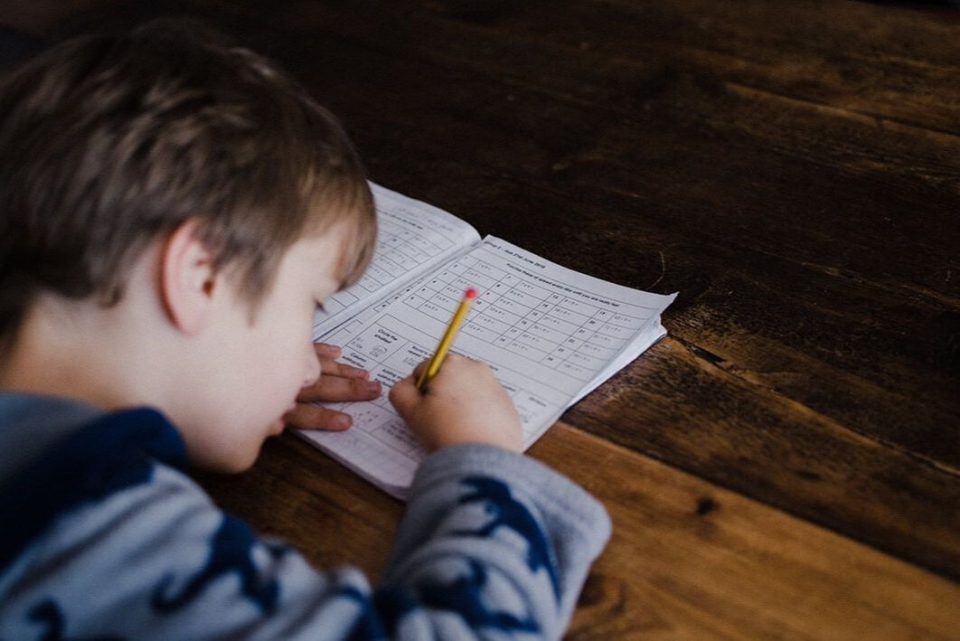Do you know that there are multiple ways to learn, just as there are multiple teaching styles? Everyone, including you, has different learning styles, which is a good thing. It is because only then can we readily grasp and absorb things as we see fit. If we follow the learning patterns of others, we might be wasting our time.
However, there’s one learning style that is universal and can never be a waste of time. It is learning by doing, which is a fundamental yet powerful method. This practice has been around for a long time, but it is usually underestimated and neglected. It’s time to accept it completely to leverage the learning advantages it offers. Let’s look at what it is, what it offers, and how to get started.
What is learning by doing?
Learning by doing, also known as experimental learning, is a productive and growth-centric learning process. It’s essentially learning through execution. The odds of understanding are increased if we perform the activity rather than mugging up or picturing it. For instance, if we need to understand a scientific experiment, merely reading about it will not make us a genius until we perform it ourselves.
However, simply practicing something once does not imply that you have mastered that thing. The point of such active participation is to learn things thoroughly while making mistakes. It is a universal fact that the only way to polish our skills or perfect anything is to make mistakes and learn from them. As a result, we must keep doing until no errors are made.
What are the advantages of learning by doing?
Though the learning-by-doing method is not widely used, new generations’ thinking patterns have changed. As a result, schools, universities, and training facilities have encouraged learners to use this method in recent years. This method has proven to be helpful, especially when today everything is online. It is effective for school goers. No wonder private schools and online charter schools promote learning by doing. The benefits detailed below are the basis for such encouragement.
- Interactive and meaningful
We typically learn from reading materials, so it is up to us whether we read carefully or not at all. As a result, we gain just partial or no knowledge. However, if we learn through actions, we are obliged to participate in some activity to learn. Such activities cannot be left half-finished. We finish it anyhow, so our performance does not suffer, and we acquire complete knowledge. Hence, such interaction results in a lifetime of meaningful learning.
- Personal experience
Each interaction provides a unique learning experience, making the entire process more impactful. This helps us to remember things more efficiently and leaves a positive impact. This inspires us to push harder. Experiences, in turn, provide us with the chance to complete the learning process, which begins with activities, mistakes, and assessments and concludes with technique modification.
How do you think we’ll be able to complete the process successfully? It is due to learning by doing, which triggers our emotions such as enthusiasm. Additionally, we often associate our thoughts and principles with our study topics, which encourages us even further. In a nutshell, this is a personal interaction that intrigues and compels us to discover.
- Helps us achieve our goals
The best part of learning by doing is that we are not humiliated if we make mistakes since we are learning. So, we keep exploring and, in the course, get out of our comfort bubble. We begin to take responsibility and stay strong to achieve our goals. We gain essential skills such as team management, leadership, communication, etc., along the process. As a result, it aids in the development of our winning capabilities.
How to practice learning by doing
Learning by doing is a four-stage strategy that anybody can apply, such as students, employees, and anyone who wants to learn music, dance, arts, etc.
- Stage 1 — Direct Exposure: We devote ourselves to activities and projects even with no prior experience.
- Stage 2 — Mindful Perception: Once we are involved, our ability to observe takes over. On the basis on which we form an opinion
- Stage 3 — Theoretical Interpretation: We develop concepts to understand and analyze based on the established opinion.
- Stage 4 — Conducting Trials: We improve by putting our concepts into action from the mistakes.
If correctly planned and managed, this four-stage process challenges us to exercise skills such as analytical skills, creativity, critical thinking, teamwork, self-assessment, decision-making, problem-solving, and so on.
The most effective technique of learning is active participation, which helps us to memorize things quickly. Learning by doing is beneficial in the short term and helps preserve our memories for a longer time, maybe a lifetime.

